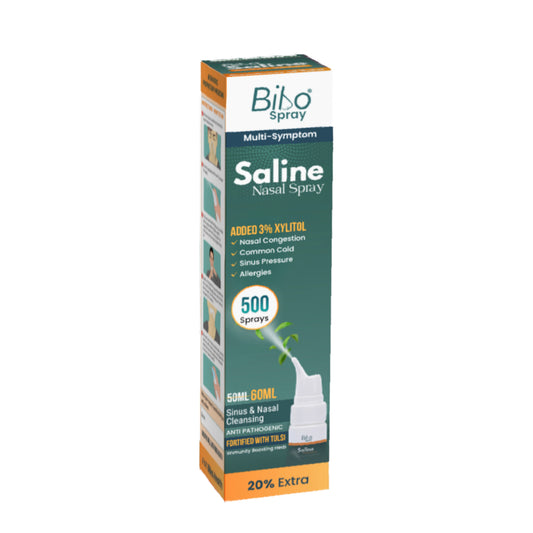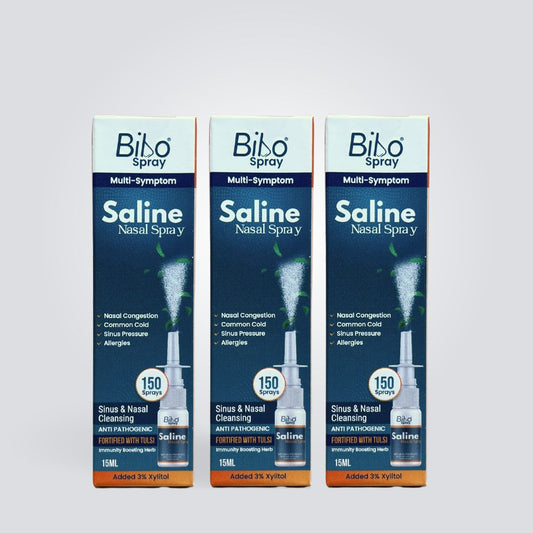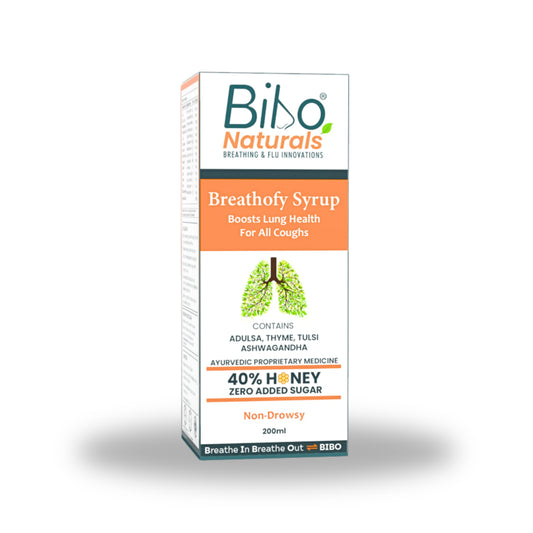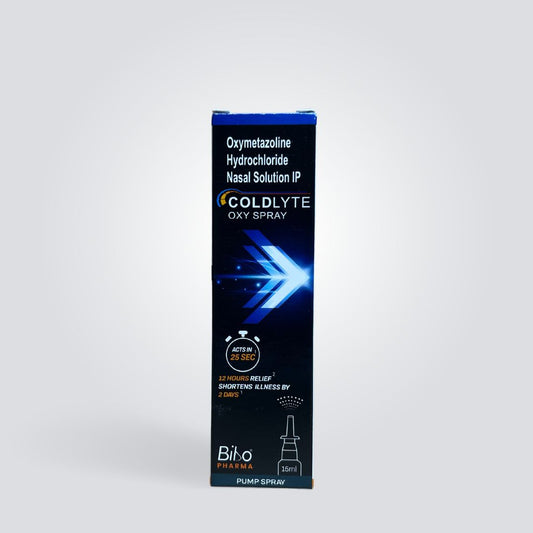Millions of individuals throughout the world suffer from common health illnesses, sinusitis and rhinitis. While their symptoms and underlying causes may be somewhat similar, they are different illnesses with their own special traits. Effective management and treatment depend on an understanding of how rhinitis and sinusitis are related to one another. In this blog, we will delve into these illnesses, look at how they relate to one another, and provide advice on how to manage and prevent them.
Rhinitis:
A runny or stuffy nose is referred to as rhinitis, which is an inflammation of the mucous membrane that lines the nasal passages. It can be divided into a number of different categories, such as allergic, non-allergic, and infectious rhinitis.
- Allergic Rhinitis: This is brought on by exposure to allergens including mold spores, dust mites, pollen, or pet dander. Hay fever, also known as allergic rhinitis, usually appears during specific seasons or all year round in reaction to allergen exposure.
- Non-Allergic Rhinitis: Non-allergic rhinitis can be brought on by a number of factors, including irritants (such as smoking or strong scents), changes in weather, hormonal changes, or drugs. It may also take the form of persistent rhinitis.
- Infectious Rhinitis: This kind is mainly brought on by viral illnesses like the common cold. Sneezing, a sore throat, and a runny or stuffy nose are other symptoms.
For a comprehensive guide on Rhinitis, read the following blog: A comprehensive guide to Rhinitis
Sinusitis:
On the other hand, sinusitis is an inflammation of the air-filled sinus cavities, which are found in the facial bones. In addition to being brought on by allergies, irritants, or structural issues with the nasal passages, this inflammation frequently occurs after an upper respiratory infection, such as a cold.
Sinusitis can be categorized into several types:
- Acute Sinusitis: This type of sinus infection, known as acute sinusitis, typically lasts for less than four weeks and is often preceded by a viral upper respiratory infection. Symptoms may include facial pain or pressure, nasal congestion, and thick nasal discharge.
- Subacute Sinusitis: Subacute sinusitis, which can last for four to twelve weeks, is often caused by a bacterial infection following a viral cold.
- Chronic Sinusitis: Chronic sinusitis is a condition characterized by persistent inflammation lasting 12 weeks or more. It may be caused by a deviated septum or nasal polyps.
To know in detail about Sinusitis, read the following blog: Sinusitis
The Connection Between Rhinitis and Sinusitis
The nasal passages and sinus cavities are closely interconnected. Issues in one area can cause problems in the other. When rhinitis symptoms, such as nasal congestion or excessive mucus production, block the normal flow of air and mucus within the nasal passages and sinuses, it can lead to sinusitis. This blockage creates a favorable environment for infections to thrive, resulting in sinusitis.
In essence, rhinitis can serve as a precursor to sinusitis, and it often exacerbates sinus symptoms, making the distinction between the two conditions challenging.
Understanding the link between rhinitis and sinusitis is crucial for effective management and treatment:
- Identify Underlying Causes: For allergic rhinitis, identifying and avoiding allergens is essential. Non-allergic and infectious rhinitis require identifying the specific triggers and addressing them.
- Manage Allergies: Allergic rhinitis can be managed with antihistamines, nasal corticosteroids, and allergen immunotherapy.
- Maintain Nasal Health: Proper nasal hygiene, including saline rinses, can help clear mucus and reduce inflammation. This is beneficial for both rhinitis and sinusitis.
- Sinusitis Treatment: Treatment of sinusitis may involve antibiotics if a bacterial infection is present, as well as decongestants and pain relievers for symptom relief.
- Surgery: In some cases, structural issues or nasal polyps may require surgical intervention to improve airflow and drainage, thereby reducing the risk of recurrent sinusitis.
Preventing these conditions can be just as important as managing them. Here are some preventive measures:
- Practice Good Hygiene: Frequent handwashing can help prevent the spread of infectious rhinitis and upper respiratory infections.
- Allergen Control: For those with allergic rhinitis, allergen avoidance strategies, such as using air purifiers and hypoallergenic bedding, can be effective.
- Manage Environmental Factors: Reducing exposure to irritants and pollutants, such as second-hand smoke and strong odours, can prevent non-allergic rhinitis.
- Vaccinations: Receiving a flu vaccine can help reduce the risk of upper respiratory infections that can lead to sinusitis.
The connection between rhinitis and sinusitis is significant, as one condition can lead to or exacerbate the other. By taking a proactive approach, seeking medical guidance when needed, and practicing good hygiene, individuals can reduce the impact of these conditions on their quality of life and overall health.




